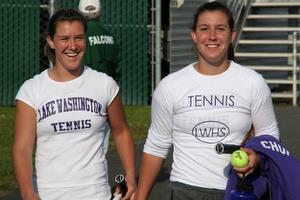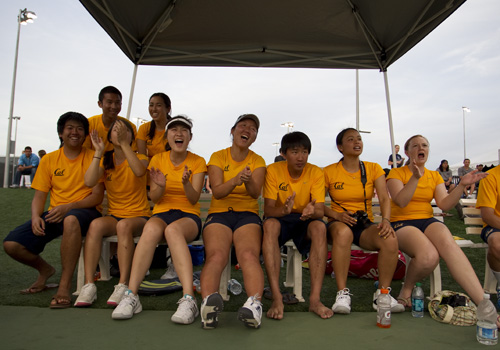|
"Universities pay a lot of lip service to the ideas of ‘making a campus smaller’ and ‘promoting diversity,’ but few of their official efforts ever take. In my experience, club tennis did more to introduce me to a diverse group of people than any other activity during my four years. Besides the myriad racial, geographic, and religious distinctions encompassed by the team, how often do you get a mechanical engineer, a film student, and a political science major to agree on anything? Well, when the question is how badly do we want to beat Michigan State on the tennis court, the consensus comes quickly. With my teammates over four years, I’ve had breakfast in a sidewalk cafe? in Harvard Square, been trapped outside in a lighting storm at the University of Texas, gotten hopelessly lost in Toronto, started ‘Go Blue’ chants in Bloomington, Indiana, and spied alligators in Daytona Beach, Florida. I’ve played on blue courts, carpet courts, clay courts, Astroturf courts, and in one unforgettable venue, a court built in the middle of an indoor track with a long-jump pit twelve inches removed from the baseline. I’ve had old high school nemeses become friends and teammates under the unifying banner of Maize and Blue. I’ve been on airplanes, subways, taxis, and my fair share of University minivans in pursuit of a competitive match and a long weekend away from the library. Most importantly, I was able to continue doing something I love with people who shared that love. Tennis is the ‘sport for a lifetime,’ and thanks to club-level athletics, it need not take a break during college.”
- Andrew DeSilva, West Bloomfield, MI |



